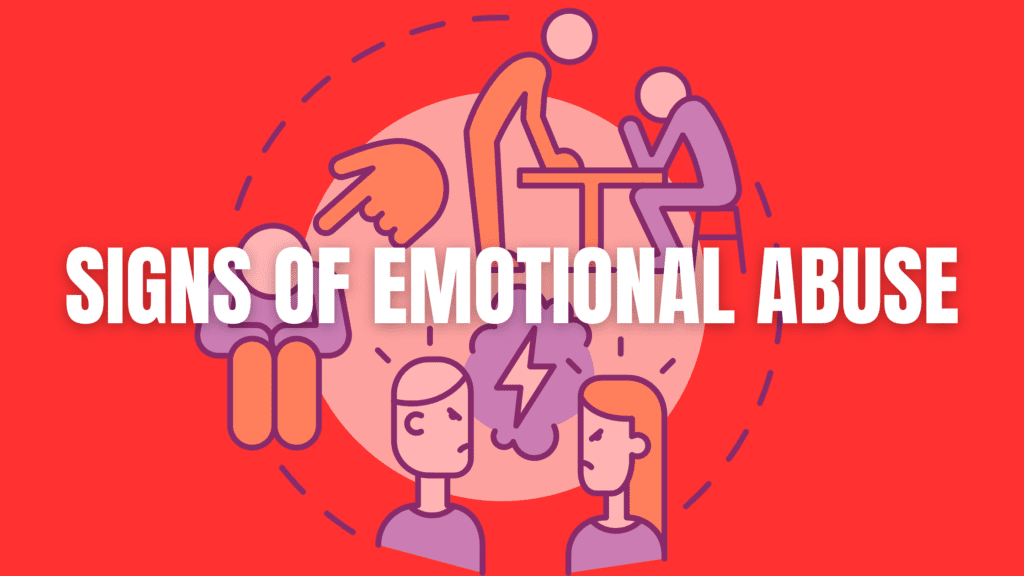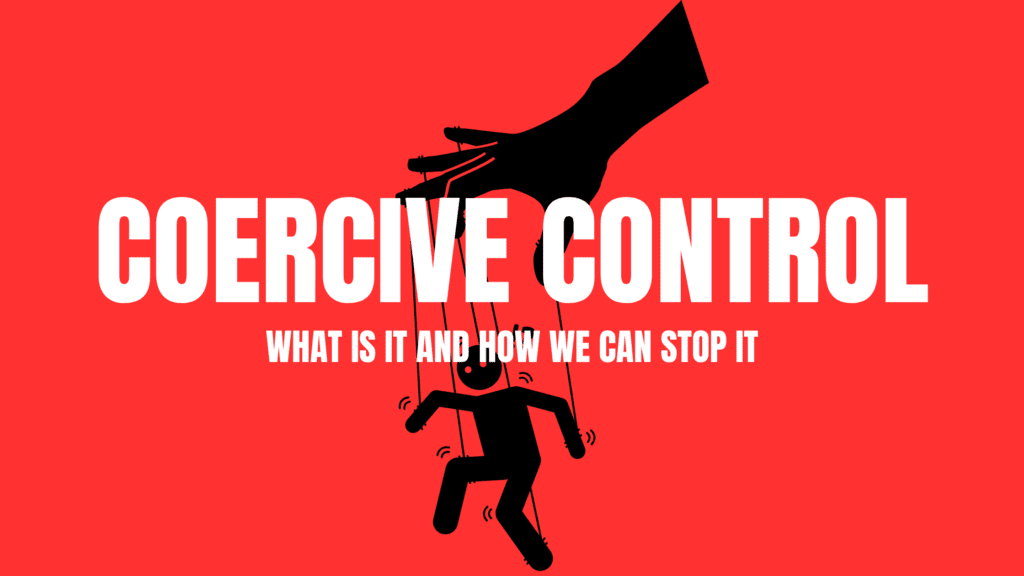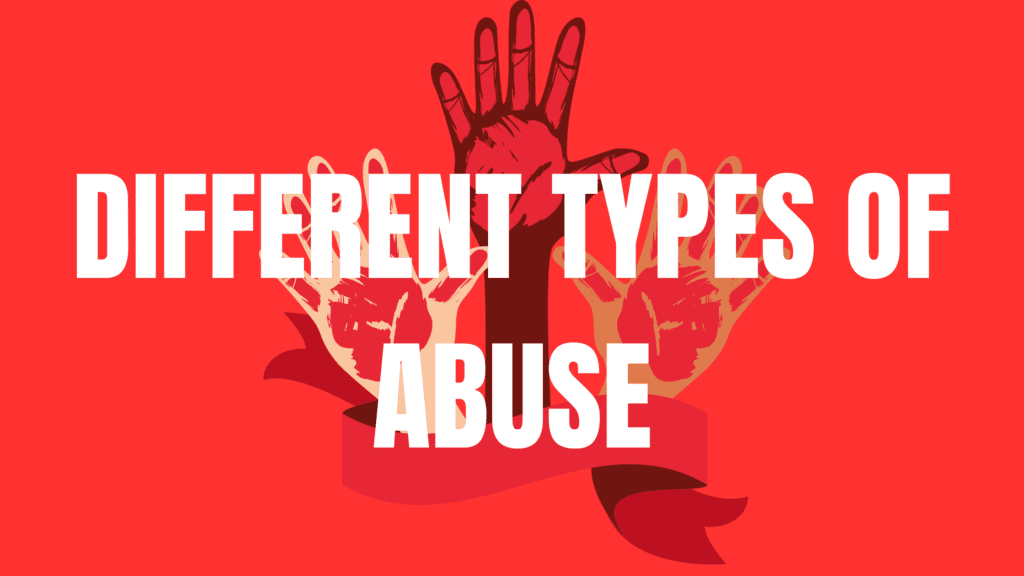Emotional abuse is one of the most insidious forms of mistreatment. Unlike physical abuse, it leaves no visible scars, but its impact can be profound and long-lasting. It can erode self-esteem, cause anxiety, and make the victim feel trapped. Recognizing the warning signs of emotional abuse is the first step in addressing and overcoming it. Whether it occurs in relationships, workplaces, or family dynamics, understanding emotional abuse is crucial for protecting mental health and well-being.
What Is Emotional Abuse?
Emotional abuse is a pattern of behavior designed to control, manipulate, or demean another person. It’s often subtle and can be mistaken for other issues like relationship conflicts or personality traits. However, at its core, emotional abuse seeks to dominate or belittle the victim, making them question their worth and reality.
Common Warning Signs of Emotional Abuse
1. Constant Criticism and Belittling
Abusers often put down their victims by criticizing their actions, appearance, or thoughts. Over time, this undermines self-confidence and makes the victim feel incapable of doing anything right.
2. Gaslighting
This is a psychological manipulation tactic where the abuser makes the victim question their perception of reality. Phrases like “You’re imagining things” or “That never happened” are commonly used to confuse and destabilize the victim.
3. Control and Domination
An emotional abuser may try to control every aspect of the victim’s life, including their friendships, finances, and personal decisions. This leaves the victim feeling powerless and dependent on the abuser.
4. Isolation
Abusers often isolate their victims from friends and family, making it harder for them to seek support. They may discourage social interactions or speak negatively about the victim’s loved ones.
5. Excessive Blame
Everything wrong in the abuser’s life is blamed on the victim. This creates a sense of guilt and responsibility in the victim, even for situations outside their control.
6. Emotional Withholding
The abuser may withhold affection, communication, or emotional support as a way to punish or control the victim. This can leave the victim feeling abandoned and unworthy.
7. Unpredictable Mood Swings
An abuser’s behavior may oscillate between kindness and cruelty. This unpredictability keeps the victim on edge, constantly trying to please the abuser to avoid triggering anger or withdrawal.
8. Passive-Aggressive Behavior
Subtle insults, backhanded compliments, and sarcastic remarks are often used to degrade the victim while maintaining plausible deniability.
9. Threats and Intimidation
While emotional abuse doesn’t involve physical violence, threats of harm—either to the victim, themselves, or loved ones—are a common tactic to instill fear and compliance.
10. Extreme Jealousy or Possessiveness
An abuser may display irrational jealousy, constantly accusing the victim of infidelity or disloyalty. This often leads to controlling behaviors like monitoring phone calls or social media.
Who Can Be an Emotional Abuser?
Emotional abuse can occur in various types of relationships:
- Romantic Relationships: Partners who demean or control.
- Family Members: Parents, siblings, or relatives who manipulate or criticize.
- Workplaces: Bosses or coworkers who bully or belittle.
- Friendships: Friends who gaslight or take advantage.
The Impact of Emotional Abuse
Emotional abuse can have far-reaching effects, including:
- Mental Health Issues: Anxiety, depression, PTSD.
- Low Self-Esteem: Constant belittling damages self-worth.
- Difficulty Trusting Others: Abuse often leads to mistrust in future relationships.
- Physical Symptoms: Stress-related illnesses like headaches, insomnia, or gastrointestinal issues.
How to Recognize Emotional Abuse in Your Life
It can be challenging to acknowledge emotional abuse, especially if it’s subtle or normalized in your environment. Ask yourself these questions:
- Do I often feel anxious, scared, or inadequate around this person?
- Am I frequently apologizing or second-guessing myself?
- Do I feel isolated from my friends and family?
- Does this person’s behavior make me doubt my perception of reality?
- Do I feel trapped or unable to speak up?
If the answer to these questions is “yes,” you may be experiencing emotional abuse.
How to Deal with Emotional Abuse
1. Acknowledge the Abuse
The first step is recognizing the abuse for what it is. Denial only allows the cycle to continue.
2. Seek Support
Talk to trusted friends, family, or a therapist. Support systems are essential for emotional recovery.
3. Set Boundaries
Clearly communicate what behaviors you will not tolerate. Boundaries help you reclaim control over your life.
4. Document the Abuse
Keep a record of incidents. This can be useful for therapy, legal action, or gaining clarity about the situation.
5. Consider Professional Help
Therapists or counselors can help you process your experiences and build coping strategies.
6. Create an Exit Plan
If the abuse is severe, consider leaving the relationship or environment. This may require careful planning, especially in cases of financial or physical dependency.
Final Thoughts
Emotional abuse is a silent epidemic that thrives on secrecy and denial. Recognizing the warning signs is a powerful first step toward breaking free. No one deserves to live in fear, doubt, or shame. Whether you’re experiencing emotional abuse or know someone who might be, remember: help is available, and healing is possible. You have the right to a life filled with respect, love, and emotional safety.



